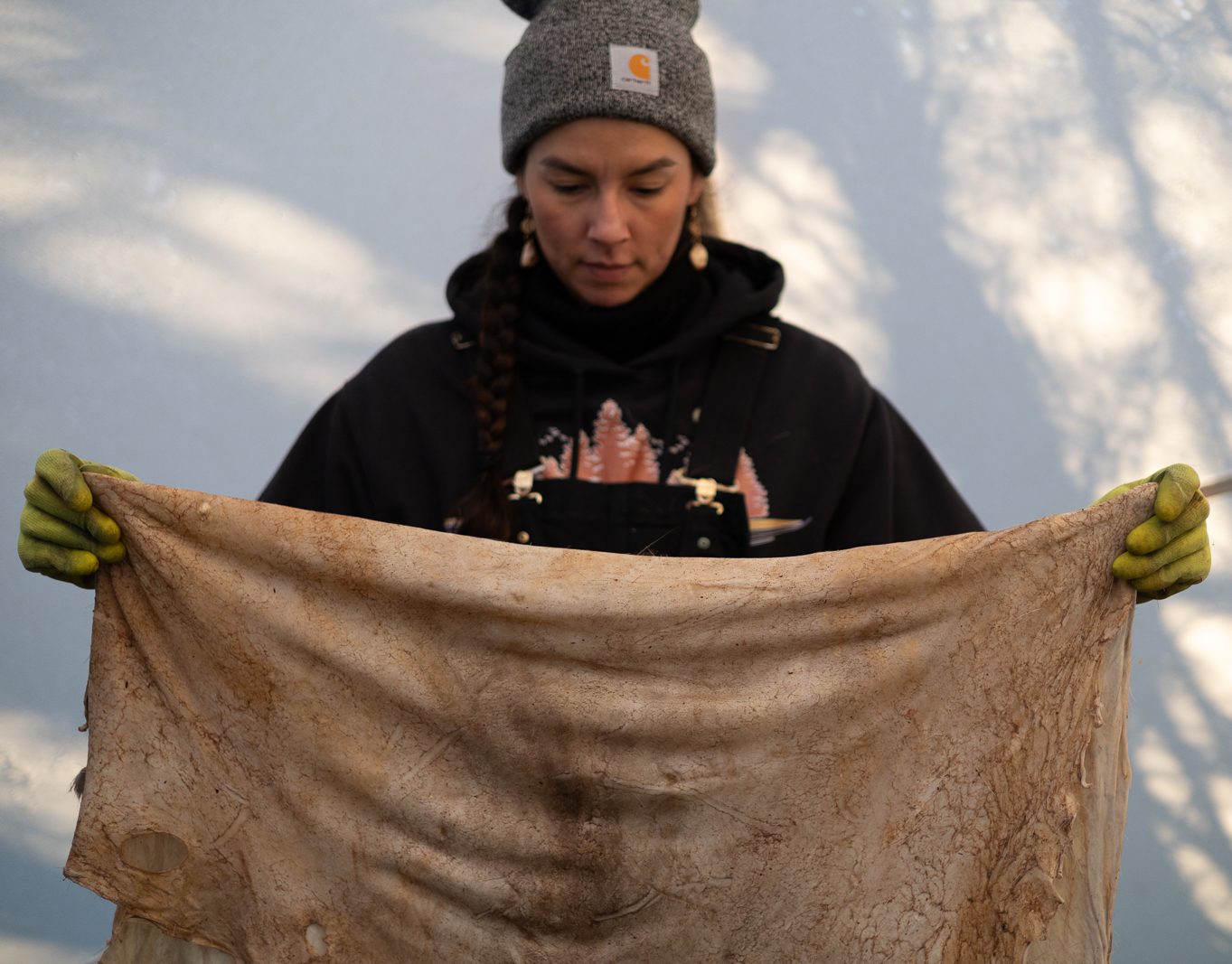Support strong Canadian climate journalism for 2025
The artists and contributors behind Reconstructions of Home dealt with “unresolved tensions” while honouring and celebrating the lives of homeless and housing-insecure folks at an art space that contributed to their displacement.
Featuring a redecorated phone booth and audio storytelling, the city-backed project launched last month at The Bentway, a space under the Gardiner Expressway that first opened in 2018 seeking to connect the growing collection of nearby condominiums to each other and the waterfront.
It is trying to “find ways to create legacy and offer voice to the community that has been there for so many years,” said Sue Cohen, program co-ordinator at SKETCH for this project and an artist with experience being homeless in Toronto.
She and the team went out and collected stories about what made people proud of the community created on the streets and handed the snippets over to Ry King to make into a soundscape.
Visitors can dial in to listen to audio recollections of life on the street or provide their own stories and comments, which the group will be collecting for an expanded version in the spring.
The Nov. 5 launch also featured a slideshow of photographs of folks lost, a ceremony led by Indigenous elders, and a solemn procession with musicians behind invited guests who “acknowledged people who are no longer here and we carry in our heart” before an evening feast, Cohen said.
One portion of the booth features an angel that 32-year-old contributing artist Jonathan created to honour a high school friend who died in their teens and who helped him develop “the most virtuous and pure intentions of my heart.”
Jonathan said the creative team is just scratching the surface of a representation of street culture with this first iteration, noting “a lot of the discussion, a lot of the topics and a lot of the issues that we’re trying to address are the ones that are overlooked.”

Gentrification is only one of the challenges facing the houseless, with the COVID-19 and opioid pandemics both making life more precarious, but Cohen also wanted to celebrate the positive experiences and the joy that’s possible.
“People come with many skills. The homeless community is ridiculously innovative. There are people who have learned how to survive through all kinds of situations and against all kinds of odds,” she said.
Being homeless has become more political recently with the forcible displacement of encampments in several city parks by police and private security over the summer, and the ongoing project is also designed to strengthen the collective voice and spirit of the community.
“I think that street culture, houseless and homeless culture, deserves to take up space in our social and public atmosphere, and while it's not always convenient for governments, it has existed for quite a long time and deserves some recognition,” Cohen said.
Morgan Sharp / Local Journalism Initiative / Canada’s National Observer






Comments